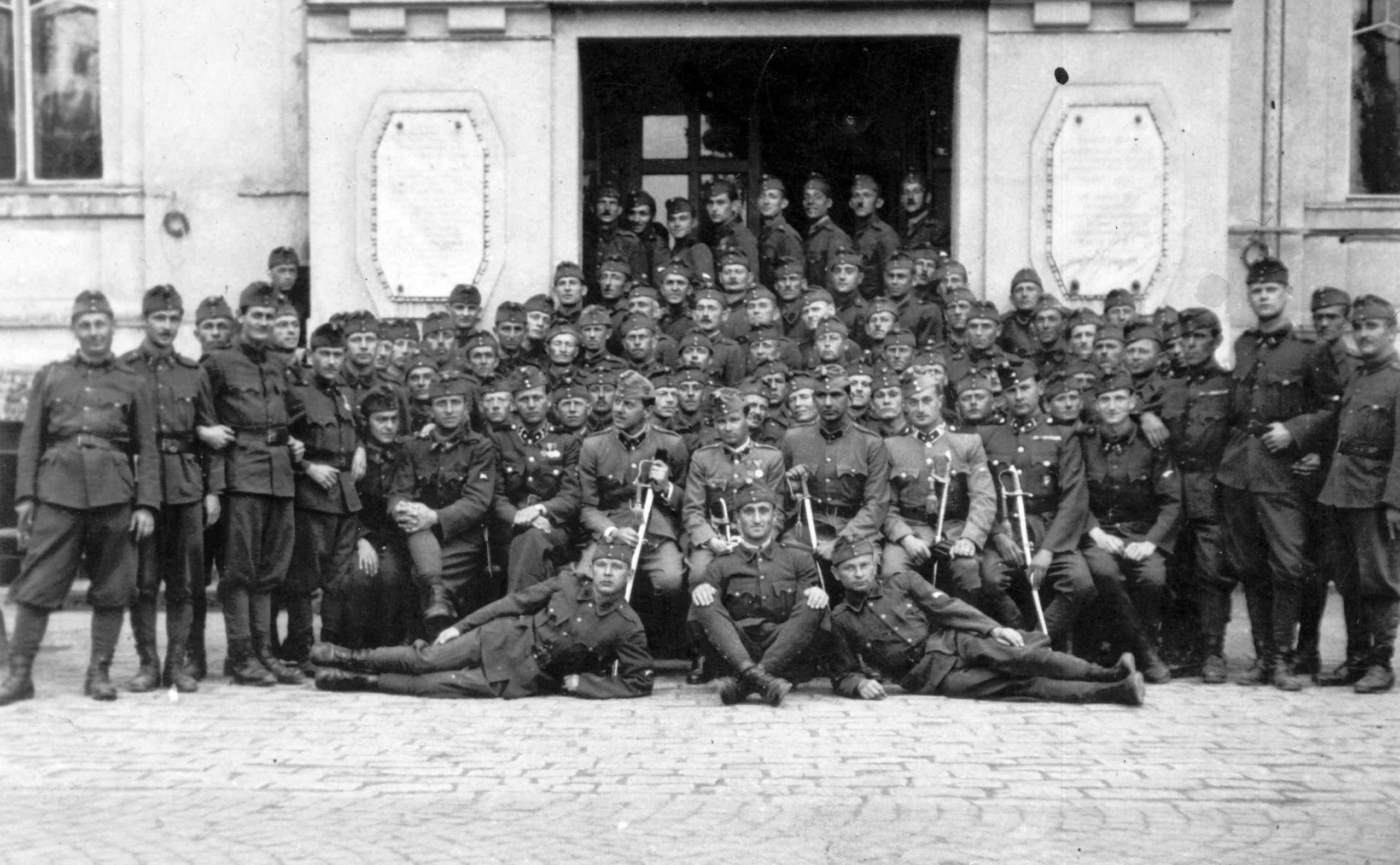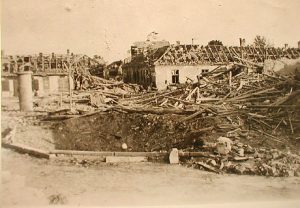
The value and importance of the newly completed World War II database are that the more detailed circumstances of more than 240,000 of these long-known victims and heroes can now be known.Continue reading

After 77 years of waiting, citizens of the Southern Slovakian town of Nové Zámky (Érsekújvár), have erected a memorial for the thousands of victims of three US Air Force bombing campaigns that hit the town in 1944 and 1945. Per capita, the small town inhabited by both Hungarians and Slovaks was one of the most bombed settlements during World War II, with almost the entire town flattened during the bombing runs.

Photo: Hungary Today
On Saturday, 8 October a memorial was unveiled in front of the town’s railway station, the main target of the attacks during the war. The statue is made up of mangled railway tracks, symbolizing the damage that the explosives had done to the railway infrastructure.
The reason for the monumental destruction was the fact that the town was a railway hub situated about half-way between Vienna and Budapest, and trains carrying personnel and supplies to the Eastern front had often passed through here. The three bombing runs, two in 1944, and the last one only weeks before the war ended, on March 14 1945, when some 150 tons of bombs released, had flattened 80% of the original town, taking the final toll to 4000 victims.

Photo: novezamky.sk
Among the victims were local civilians, retreating Hungarian troops, as well as prisoners of war. Most of the local young men were fighting in the Eastern battlefields, thus a high proportion of the victims were children and women carrying their goods to the local markets. After the sirens of the air raid alarms sounded, many sought safety in bomb shelters near the railway station, but because of the saturation of the bombardment, most of the shelters have received direct hits, and were subsequently buried over by the survivors, serving as a permanent mass grave for their victims.

Photo: novezamky.sk
Passengers of an express train on its way to Budapest were also killed almost to the last one during the bombing run. Some 1000 Soviet prisoners of war, mostly Russians and Ukrainians, waiting in carriages at the station were not allowed to disembark and have all met their death on the tracks.
The civilian population of the town had suffered the most, with stories of men rushing back from the fields only to find the bodies of their children and family members strewn around their properties, and their houses in ruin even in parts of the town miles away from the railway station. So called strategic bombings were an organic part of both the Axis, as well as Allied powers’ tactic. Professor Frederick Lindemann, the British government’s scientific adviser at the time, has originally suggested area bombing to “dehouse” the German workforce in order to reduce the civilian population’s morale and affect war production.
The memorial in Nové Zámky was erected at the initiative of the Society After the Three Bridges (Občianske združenie Za troma mostami), and as a result of the personal efforts and fundraising organized by Mr. František Daniel, chairman of the charity.
Featured Photo: novezamky.sk